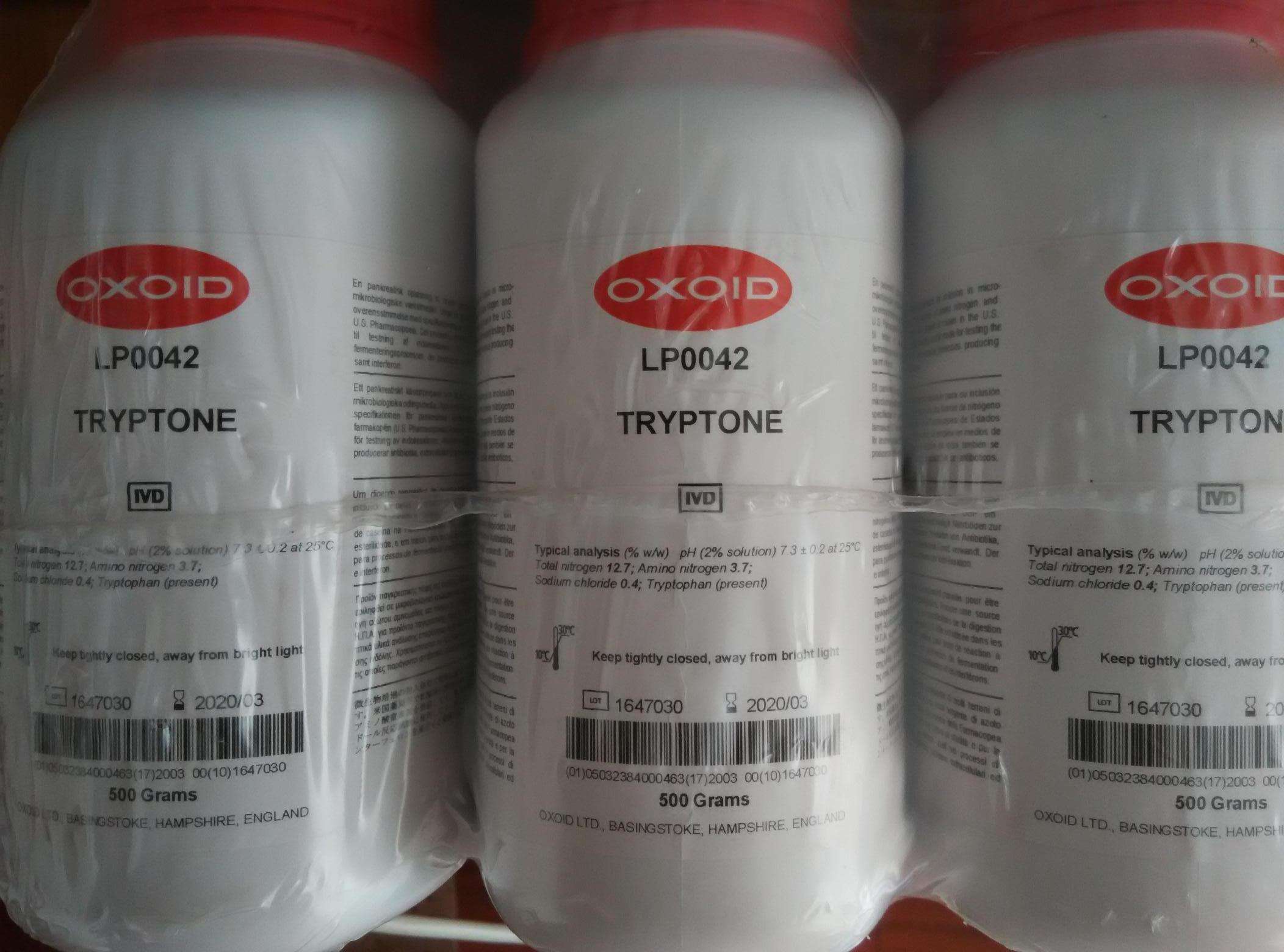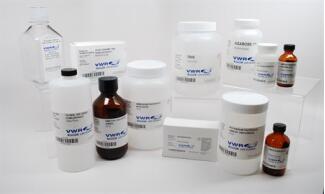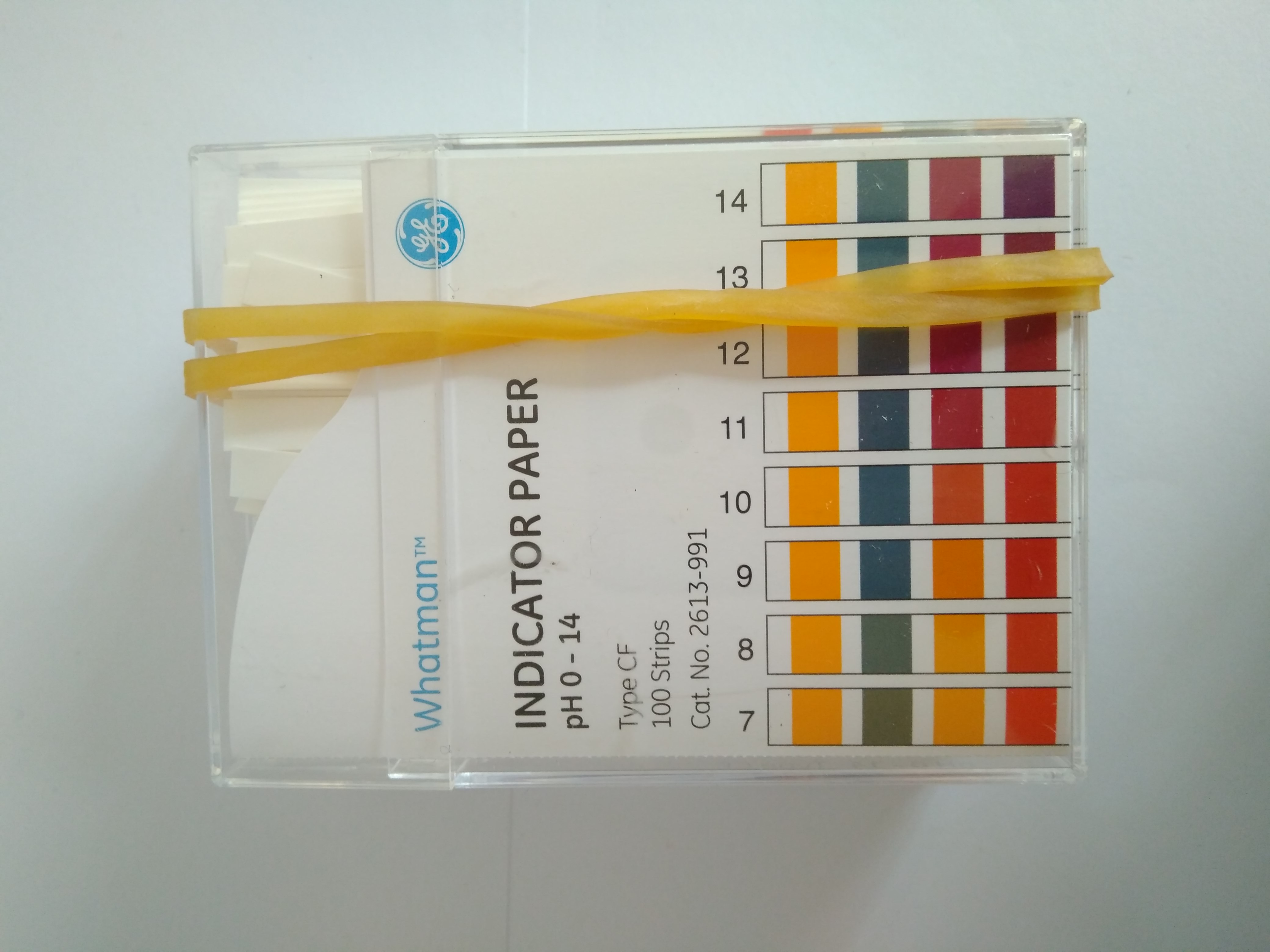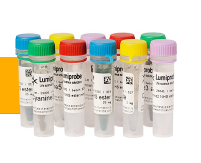上海金畔生物科技有限公司提供小动物活体成像用染料
Cy5.5 NHS ester
是近红外染料,除了用于标记多肽,蛋白和寡核苷酸氨基的活性染料,可用于后续的小动物活体成像实验。 该染料可代替Alexa Fluor 680 NHS ester和DyLight 680 NHS ester
分子结构:

一般性质:
外观:深蓝色粉末
分子量:716.31
分子式:C44H46ClN3O4
溶解性:溶于有机溶剂(DMSO,DMF,二氯甲烷),在水中不易溶解
质控:NMR 1H(95%) 13C,TLC,功能测试
保存条件:保存:-20℃,避光保存24个月。运输:常温下最多3周,避光,干燥。
光谱性质:
最大激发波长:673nm
在最大激发波长下的消光系数:209000Lmol-1cm-1
最大发射波长:707nm
荧光量子产率:0.2
Cy7 NHS ester
氨基活性的Cy7,近红外荧光染料。此试剂可被用于产生Cy7-标记的生物分子,用于后续的小动物活体成像研究,药物设计及相关实验。Cy7中心加强聚亚甲基链的结构特点,与母结构相比其量子产率提高了20%,增加了其荧光亮度。
分子结构:

一般性质:
外观:绿色粉末
分子量:682.29
分子式:C41H48ClN3O4
溶解性:溶于有机溶剂(DMSO,DMF,二氯甲烷),不易溶于水
质控:NMR 1H(95%)13C,TLC,功能测试
保存条件:保存:-20℃,避光保存24个月。运输:常温下最多3周,避光,干燥。
光谱性质:
最大激发波长:750nm
在最大激发波长下的消光系数:199000Lmol-1cm-1
最大发射波长:773nm
荧光量子产率:0.3
Cy7.5 NHS ester
穿透组织,可用于小动物活体成像实验。Cy7.5中心加强聚亚甲基链的结构特点,与母结构相比其量子产率提高了20%,增加了其荧光亮度。
分子结构:

一般性质:
外观:绿色粉末
分子量:782.41
分子式:C49H52ClN3O4
溶解性:溶于有机溶剂(DMSO,DMF,二氯甲烷),不易溶于水
质控:NMR 1H(95%)13C,TLC,功能测试
保存条件:保存:-20℃,避光保存24个月。运输:常温下最多3周,避光,干燥。
光谱性质:
最大激发波长:788nm
在最大激发波长下的消光系数:223000Lmol-1cm-1
最大发射波长:808nm
荧光量子产率:0.3
Sulfo-Cy7 NHS ester

一般性质:
外观:深绿色粉末
分子量:827.94
分子式:C41H46N3NaO10S2
溶解性:易溶于水,DMF,DMSO
质控:NMR 1H(95%)13C,TLC,功能测试
保存条件:保存:-20℃,避光保存24个月。运输:常温下最多3周,避光,干燥。
光谱性质:
最大激发波长:740nm
在最大激发波长下的消光系数:240600Lmol-1cm-1
最大发射波长:773nm
Cy7马来酰亚胺
近红外,巯基活性Cy7染料。此试剂可将近红外的Cy7染料连接到蛋白的巯基上,标记的蛋白可以用于近红外生物成像。
分子结构:

一般性质:
外观:绿色粉末
分子量:707.34
分子式:C48H51ClN4O3
溶解性:易溶于DMF,DMSO,二氯甲烷,不易溶于水
质控:NMR 1H(95%)13C,TLC,功能测试
保存条件:保存:-20℃,避光保存24个月。运输:常温下最多3周,避光,干燥。
光谱性质:
最大激发波长:750nm
在最大激发波长下的消光系数:199000Lmol-1cm-1
最大发射波长:773nm
荧光量子产率:0.3
Cy7.5马来酰亚胺

一般性质:
外观:绿色粉末
分子量:807.46
分子式:C51H55ClN4O3
溶解性:易溶于DMF,DMSO,二氯甲烷,不易溶于水
质控:NMR 1H(95%)13C,TLC,功能测试
保存条件:保存:-20℃,避光保存24个月。运输:常温下最多3周,避光,干燥。
光谱性质:
最大激发波长:788nm
在最大激发波长下的消光系数:223000Lmol-1cm-1
最大发射波长:808nm
更多产品,更多优惠,请联系我们!
上海金畔生物科技有限公司
固话总机:021-50837765
订货热线:15221999938
网 址: www.jinpanbio.com
金畔博客:www.jinpanbio.cn
Email:sales@jinpanbio.com











